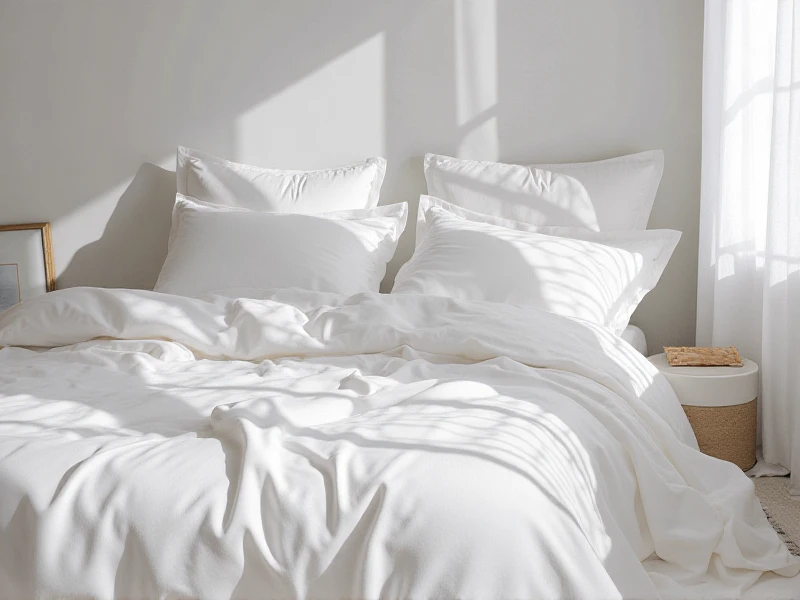Revolutionizing the Fabric World: Trends and Innovations in Modern Textiles
2025-06-09

The world of textiles has always been at the heart of human innovation, shaping industries from fashion to home decor and beyond. Today, as we navigate a more conscious and tech-savvy era, textiles are evolving in surprising ways. Whether it's through sustainable practices or cutting-edge materials, this sector remains a cornerstone of global commerce and everyday life.
Starting with a brief history, textiles date back thousands of years. Early civilizations like Egypt and China crafted fabrics from natural sources like cotton, wool, and silk. These humble beginnings paved the way for the Industrial Revolution, where mass production transformed textiles into an economic powerhouse. As demand grew, innovations emerged, such as synthetic fibers like nylon and polyester in the 20th century. Understanding this heritage helps us appreciate how today's textile industry focuses on environmental responsibility—moving away from pollutants to embrace recycled and organic options.
Delving into the diverse types of textiles, it's a vast spectrum. Natural textiles, derived from plants or animals, include cotton for breathability and wool for insulation. Synthetic textiles, such as polyesters and acrylics, offer durability and affordability. Then there are technical textiles, engineered for specific uses like medical bandages or sportswear with moisture-wicking properties. This diversity empowers consumers to choose fabrics that suit their lifestyles, driving demand for high-performance materials in everything from yoga pants to smart home linens.
Recent innovations in textiles are nothing short of revolutionary. Sustainability is a major theme, with brands incorporating circular economy principles. Recycled textiles, made from plastic bottles or old garments, reduce waste significantly. Bio-based textiles, woven from bamboo or algae, provide eco-friendly alternatives that decompose naturally. Technological advancements like 3D weaving and intelligent fabrics—with embedded sensors for health monitoring—push boundaries further. These innovations not only lower environmental impact but also enhance functionality, making everyday textiles smarter and more responsive.
But how do everyday consumers make informed choices about textiles? It starts with understanding labels and sourcing. Look for certifications like GOTS (Global Organic Textile Standard) or OEKO-TEX to ensure ethical and low-toxin production. Quality checks involve testing for durability, breathability, and sustainability factors—opt for natural fibers for better skin health in clothing. Supporting transparent brands that detail their textile journey fosters a responsible marketplace.
As we look ahead, the future of textiles holds immense promise. Innovations in biodegradable materials and smart fabrics will likely dominate, driven by consumer demand for sustainability. This shift not only benefits the planet but also fuels growth in sectors like sustainable fashion and green tech. By staying informed and embracing these trends, we all play a part in weaving a better future. The journey of textiles, from ancient threads to modern marvels, is a testament to human ingenuity—join in and explore this vibrant world today.
Category: